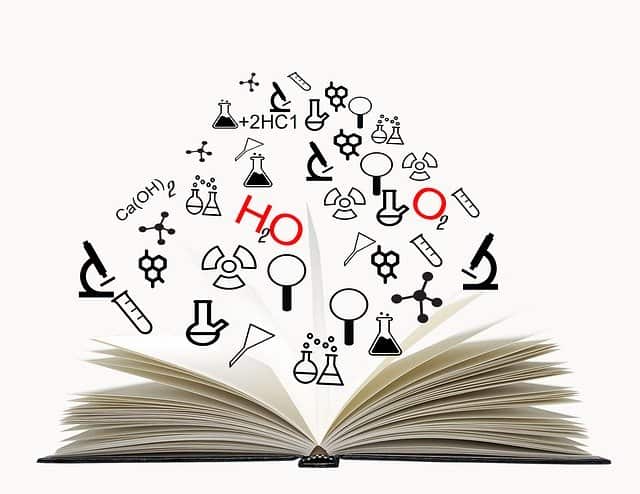
- About
- News
- Programs
- Grants
- Events
- Register
- Resources
- Donate


FIRST in Texas gives students in the Lone Star State access to an exciting world of education, innovation, and experimentation. It’s more than an extra-curricular activity: it helps young people build their curiosity and their skill set for in-demand careers, including careers in the sciences.
Through FIRST programs, students from kindergarten through high school get to approach real-world scientific problems. They learn how the scientific method can be applied to other areas of life as the youngest students (K-4th grade) tackle issues like food safety and recycling to future moon missions and building innovative and sustainable cities on a FIRST LEGO League, Jr team. In FIRST LEGO League, elementary and middle school students (4th-8th grade) build their first robots using LEGO® MINDSTORMS® EV3s. The progression of programs offers challenges with advancing complexity for middle and high school teams as they solve each season’s game challenges in either FIRST Tech Challenge (7th-12th grade) or the high school level (9th-12th grade) FIRST Robotics Competition.
 Exposing students to these types of challenges at a young age helps set the stage for a successful academic career, in part because these programs build confidence: 90 percent of students who participate in the FIRST Robotics Challenge feel empowered to enroll in challenging science courses in school. What they learn in FIRST can be applied in the classroom and far beyond, and participation can open access to a variety of scholarships and internships, not to mention new friendships and mentorships.
Exposing students to these types of challenges at a young age helps set the stage for a successful academic career, in part because these programs build confidence: 90 percent of students who participate in the FIRST Robotics Challenge feel empowered to enroll in challenging science courses in school. What they learn in FIRST can be applied in the classroom and far beyond, and participation can open access to a variety of scholarships and internships, not to mention new friendships and mentorships.
FIRST participants are three times more likely than non-participants to show interest in STEM subjects. They are twice as likely to major in science or engineering, which is vital in today’s technological world. STEM-related jobs grew three times faster than non-STEM jobs in the decade ending in 2010, and millions of STEM jobs go unfulfilled. The challenges we’re facing in the world today require the next generation to be skilled in science and other STEM disciplines. Of the 10 fastest growing careers (as projected through 2028), all of them are STEM-related, and six of them are in the health care industry.
That natural interest in science can be further encouraged among FIRST participants via events like National Chemistry Week and Nuclear Science Week, both of which occur in the fall. These types of educational celebrations feature opportunities to get students more involved with a specific topic of their interest. Students learn more about the far-reaching impact of research within the discipline and how they can contribute, both today and in the future. Events are planned locally to give students hands-on experience, making science more accessible and applicable to their daily lives.